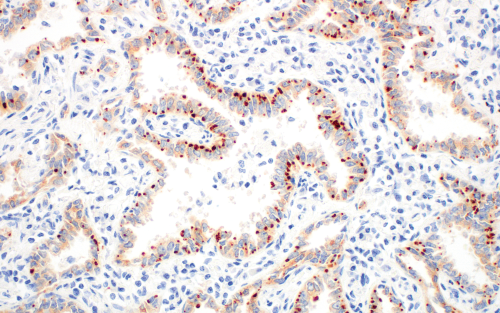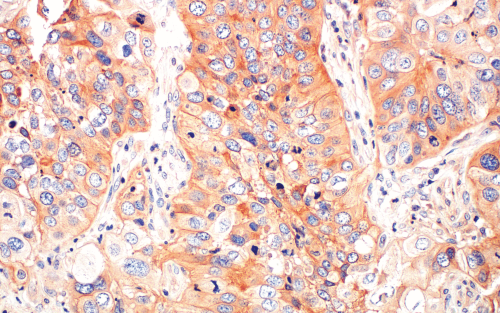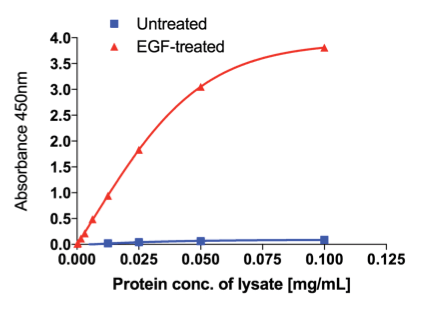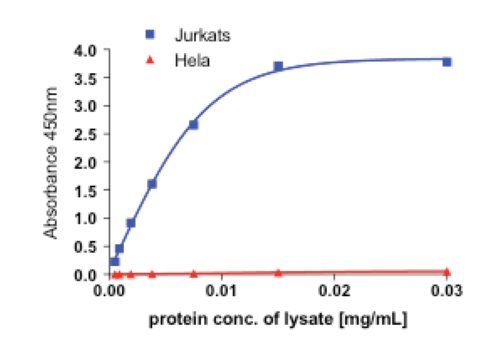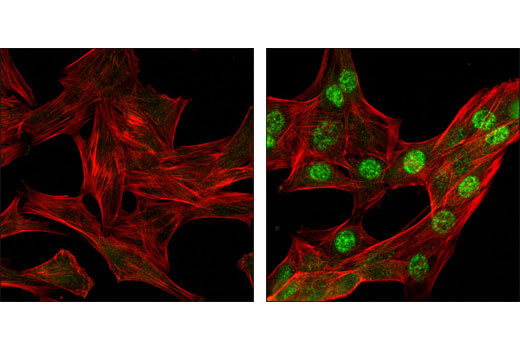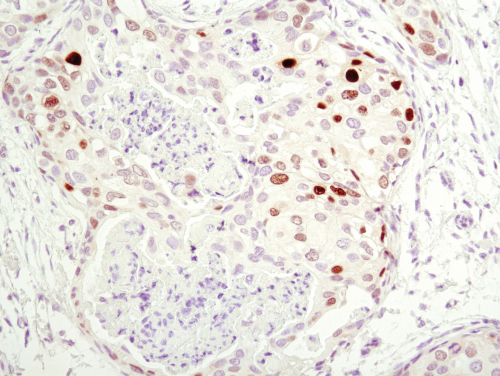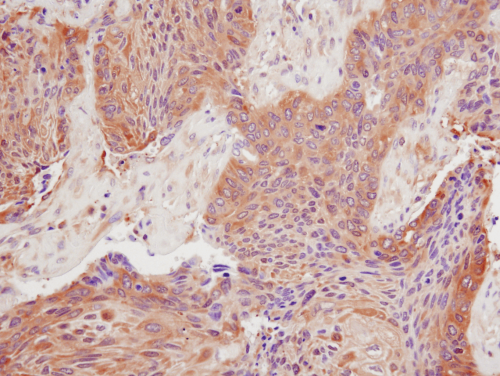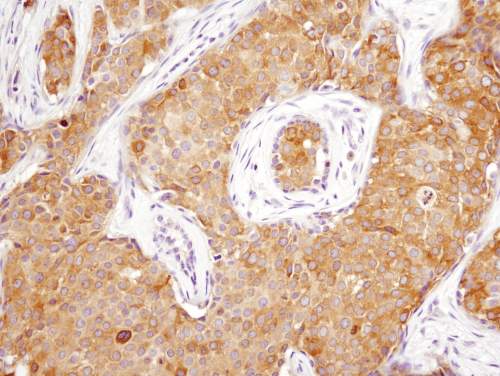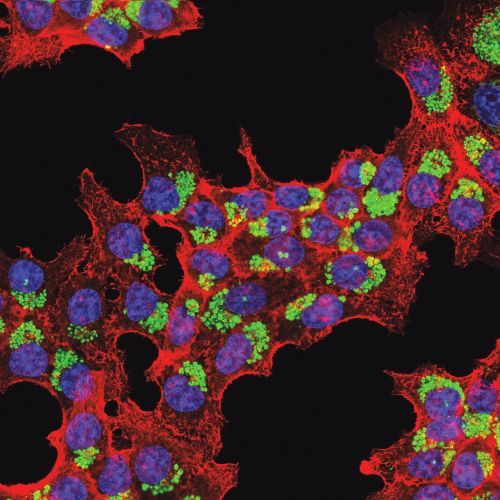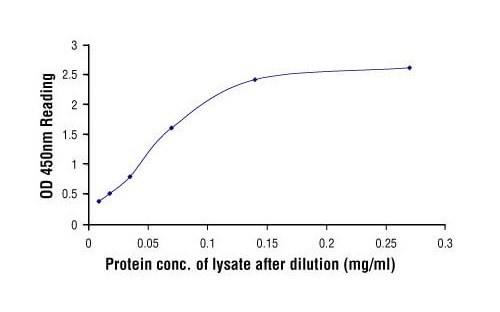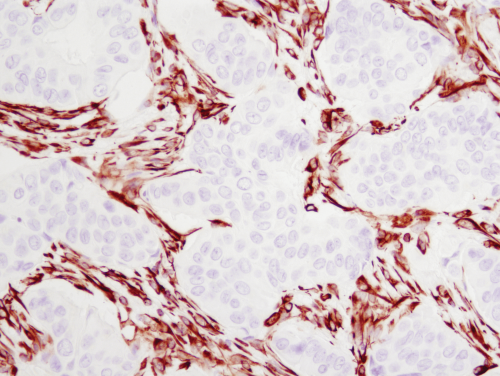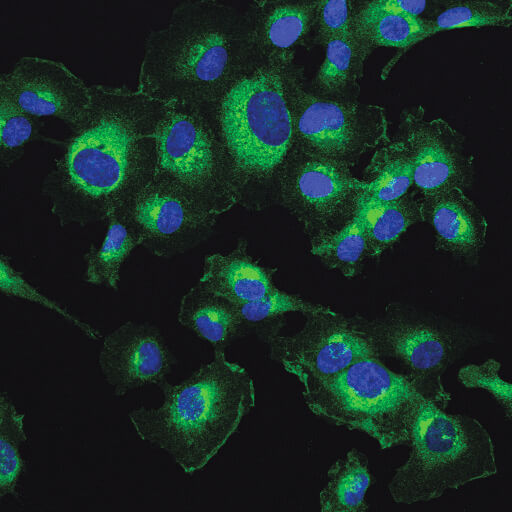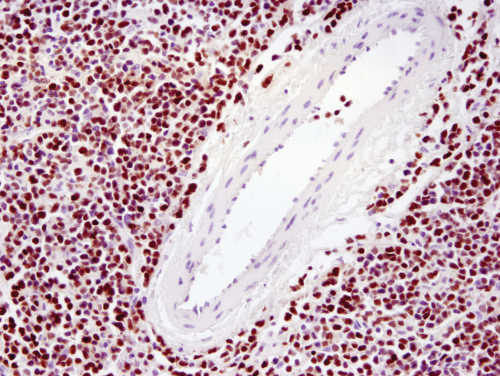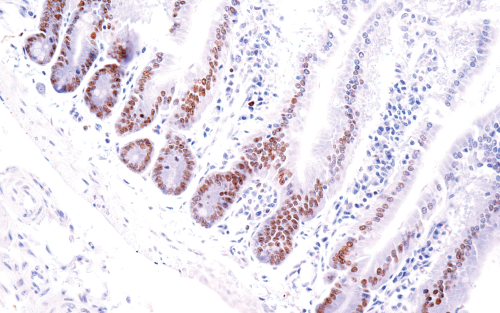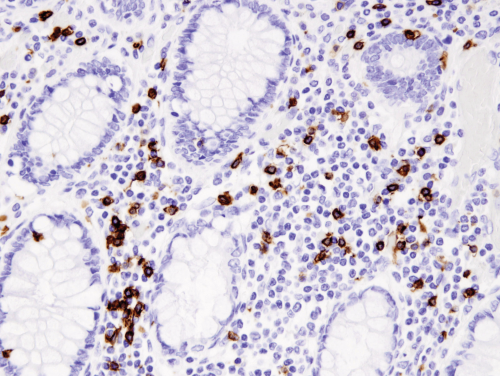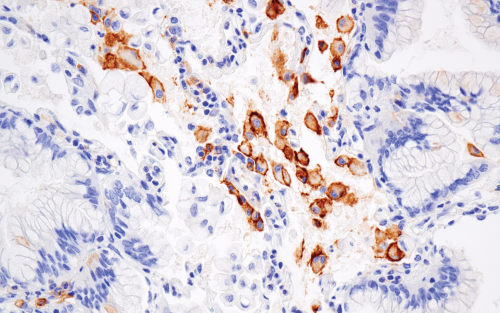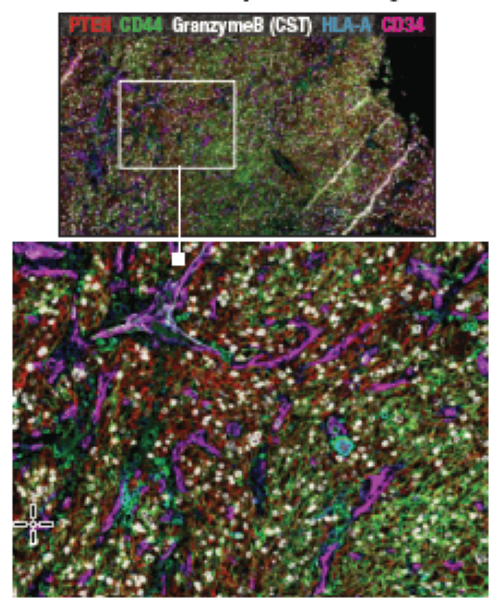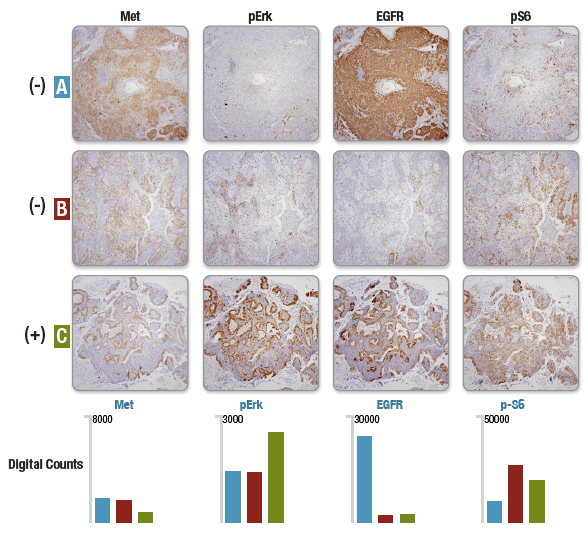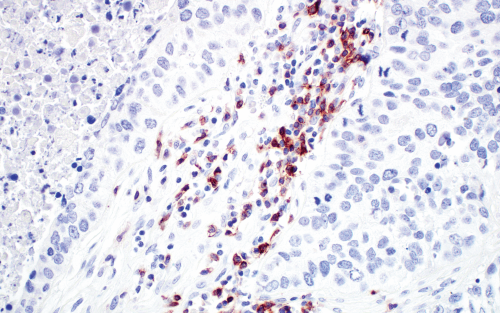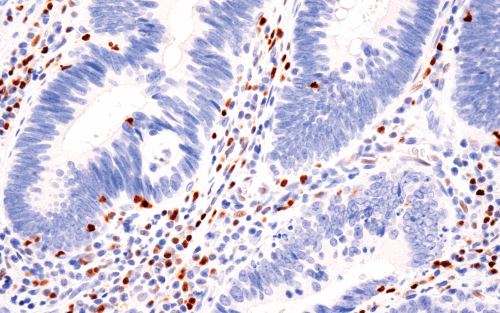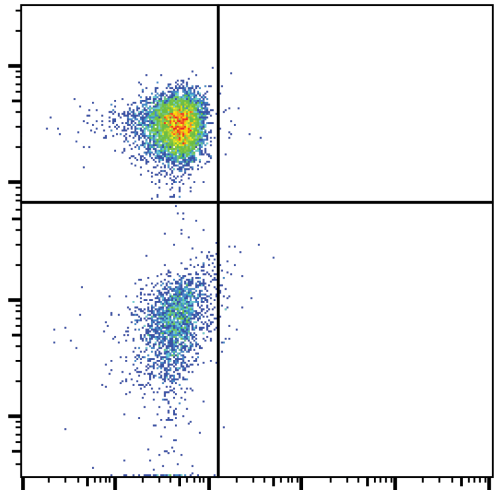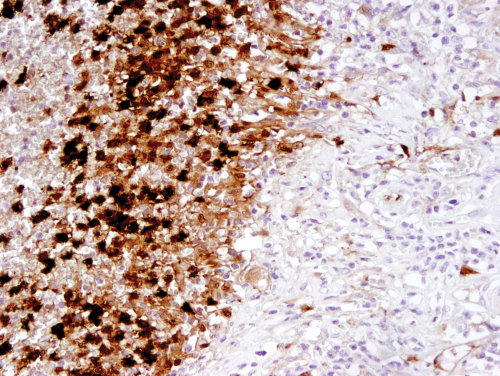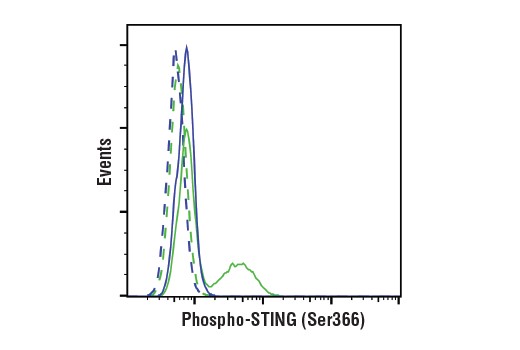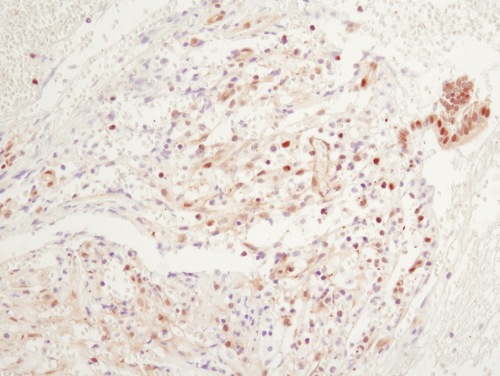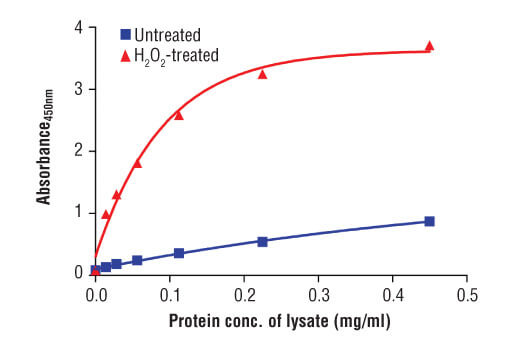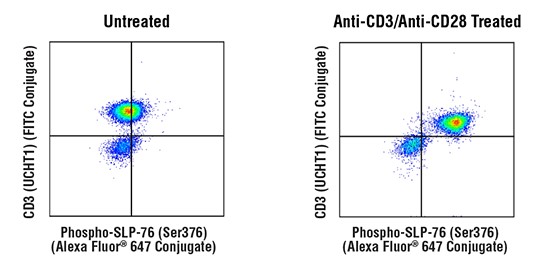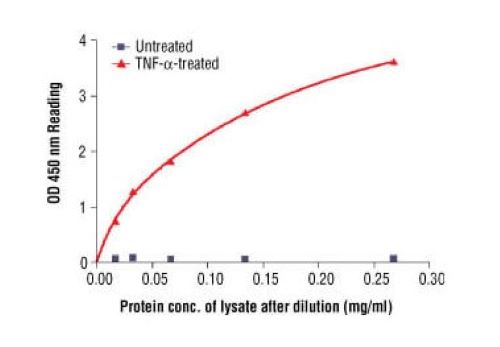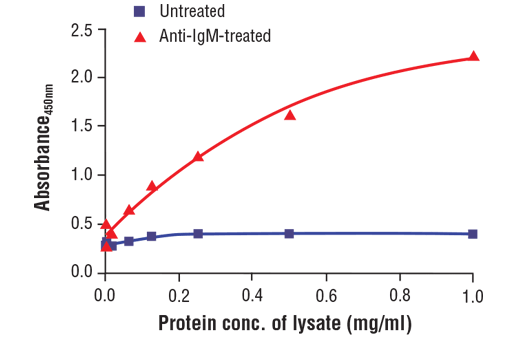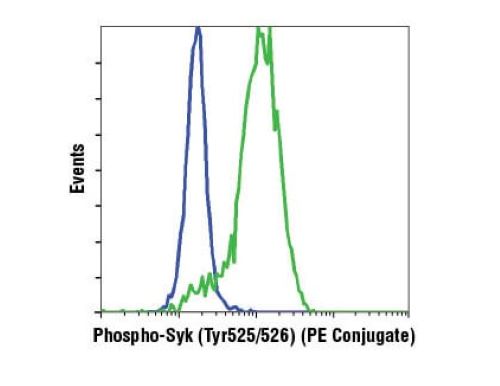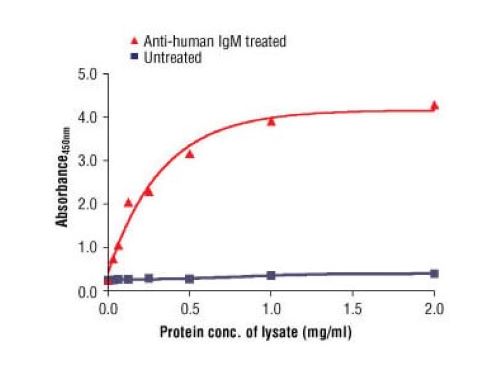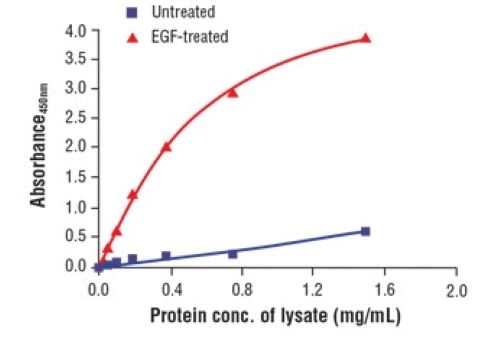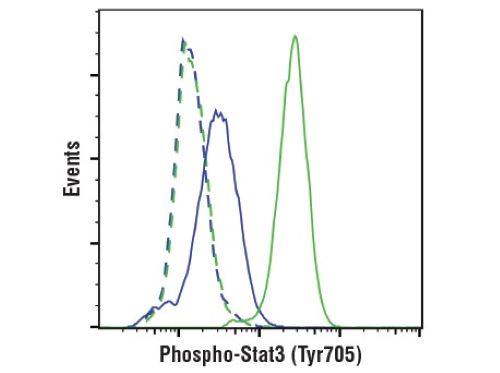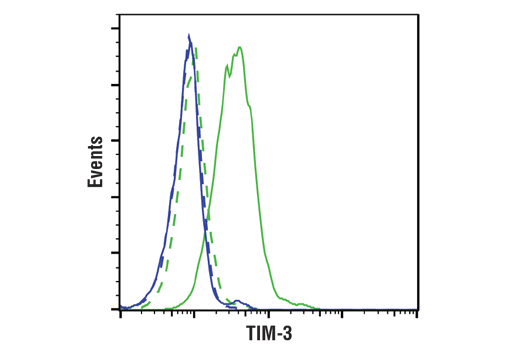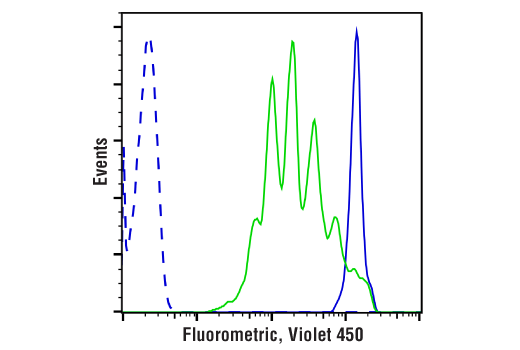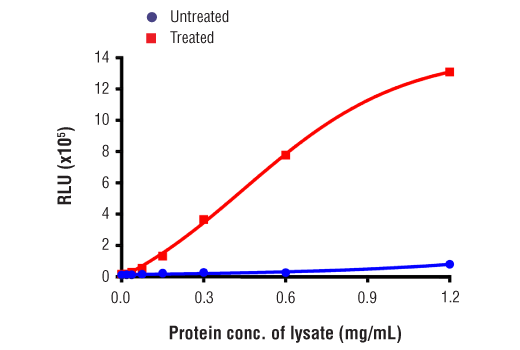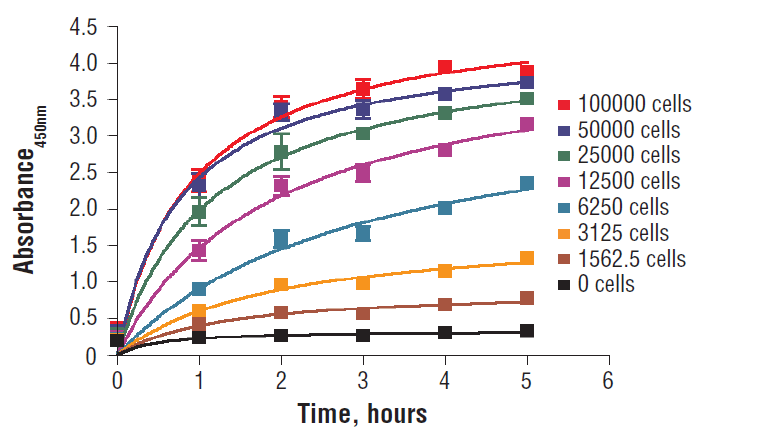Solutions for Oncology Therapeutics Discovery
Put our experience to work for you. Cell Signaling Technology (CST) scientists are biology, application, and therapeutic area domain experts and are here to streamline your discovery. We are passionate about science and keep up with all the latest research and new treatment approaches in oncology therapeutic areas, allowing us to offer a broad antibody portfolio against targets that could lead to new, more efficacious therapies.
Solutions Across the Drug Development Continuum
Antibodies That Work on YOUR Platform
Immuno-oncology Drug Development
Sometimes the fastest way to move your discovery forward is to have someone else do it.
CST provides custom solutions that meet your specific research challenge, freeing up your time to focus on the science. Services include:
- Carrier-free and Customized Formulations: BSA-free, glycerol-free, and azide-free antibody formulations in PBS are ideal for ELISA-like assays, CyTOF® mass cytometry, imaging mass cytometry™, MIBI, oligonucleotide labeling, biotin conjugations, flow and immunofluorescence, and in vivo and functional assays.
- Custom Antibody Conjugation: If you don’t see the conjugated antibody you need in the CST catalog, we’ll conjugate it for you. Conjugate your antibody to a fluorophore, hapten, bead, or enzyme.
- Proteomics Analytical Services: CST scientists will qualitatively and quantitatively profile proteins in your sample. Services include post-translational modification analysis, global proteomics, targeted proteomics, or pathway mapping.
- Bulk Quantitates or Lot Reservations: Eliminate potential supply problems by reserving a single lot or bulk order any CST antibody, reagent, or ELISA kit.
- Custom Peptides and Controls: Assess antibody specificity with blocking peptides including high-quality AQUA peptides, challenging sequences, unusual post-translational modifications, or validate performance of staining reagents and IHC methods with positive and negative control slides.
Reproducibility in your experiments isn’t a matter of chance. It’s a matter of science.
CST products are peer-tested in the field and over 99.5% of CST recombinant monoclonal antibodies are manufactured in-house providing complete control over our supply chain. Our products are developed, tested, and rigorously validated across multiple applications by tenured CST scientists who understand the underlying biology. This ensures that you’ll always get the lot-to-lot and assay-to-assay consistency required for the lifetime of your project.
Your assay is only as good as your antibody is specific. CST antibodies® and ready-to-use ELISA and cellular assay kits are developed with this in mind and are designed to seamlessly fit into your assay workflow and instantly answer key questions. Products are optimized across multiple applications and CST subject matter experts are available to help identify the best readout and clone to effectively assess your therapeutic efficacy and safety. Choose the ideal product for your application.



